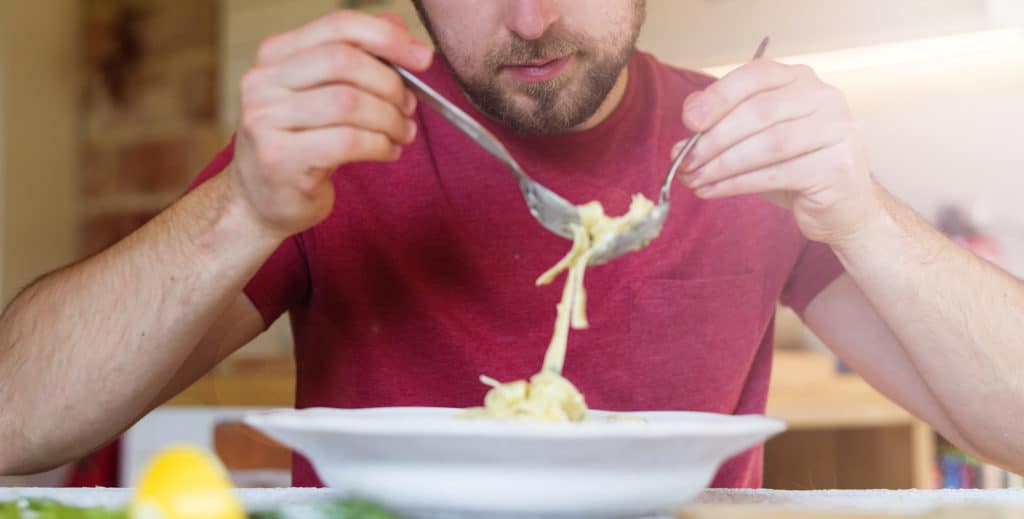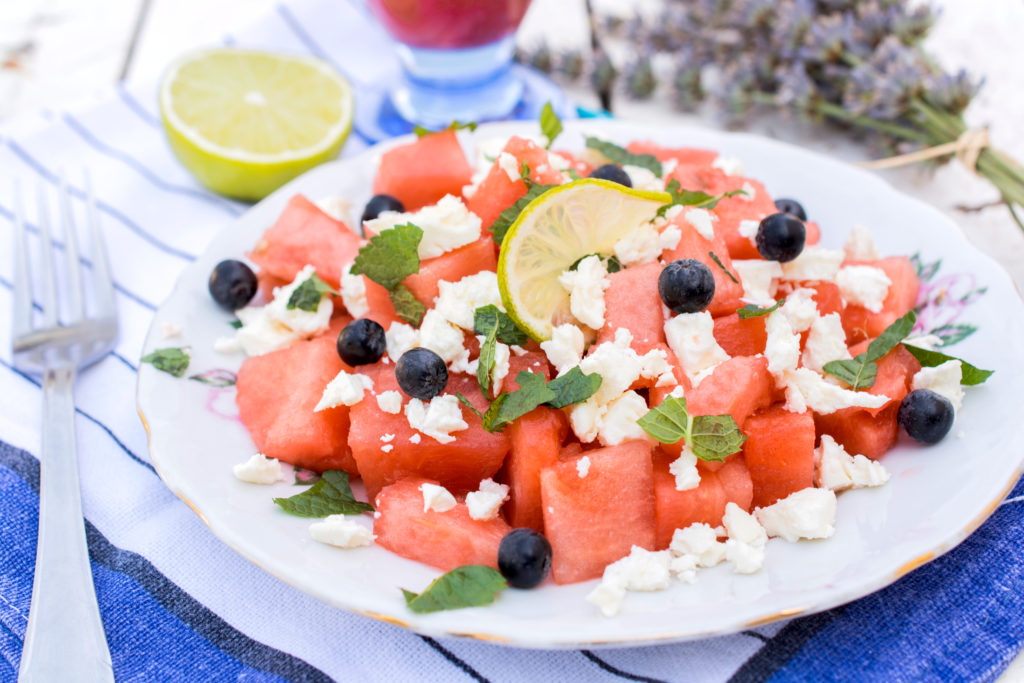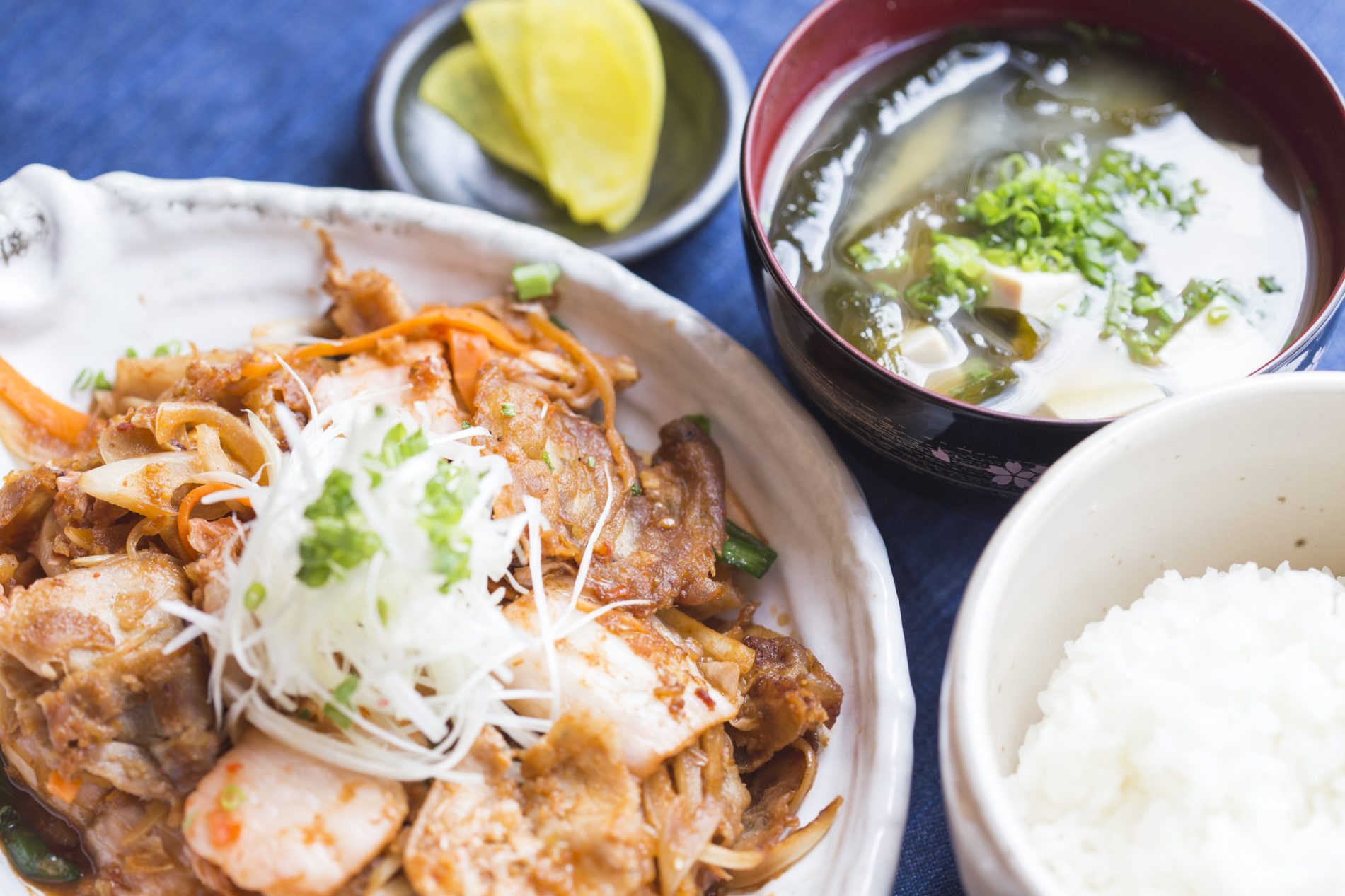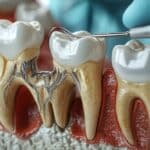Being able to fully enjoy a meal has a tremendous impact on our overall quality of life. People who have healthier, well-rounded eating habits report higher satisfaction in life, both mentally and physically. Unfortunately, when your day-to-day is complicated by severe mouth pain food after oral surgery, mealtime can feel like a chore.
One of the greatest benefits of opting for dental implants that look and feel much like natural teeth is the ability to take back control of your eating habits. Our patients come back to us all the time to share how much more they enjoy their meals following a procedure, and how much healthier they feel now that they can enjoy a wider variety of nutrition options. We also hear from our patients how they save time not having to worry about food preparation every day. No longer limited by their diets, our patients report saving money as they can take advantage of more great deals at their local grocery stores.
Why a Temporary Soft Food Diet Is Necessary
At New Teeth Now we make the process of getting your permanent teeth as fast and comfortable as possible. Services are offered all in one location. The same day you come in for surgery you will leave with teeth.
There is a brief recovery period after most procedures when patients are outfitted with temporary acrylics until the permanent zirconia are ready. Recovery from our procedure does not take long, and your doctor will let you know how much time you’ll need to wait before you can get back to enjoying the foods you love after oral surgery.
In the meantime, we’ve prepared some ideas to help anyone who is looking for more variety in their soft food diet. Anyone transitioning from dentures is unlikely to find many surprises here, but we hope you’ll find something new or creative to make soft food meals more enjoyable.
Ways to Prepare Soft Foods, or to Make Foods Softer
Certain food preparation techniques can soften food and put some harder-to-chew foods back on the menu.
- Food processors – Processing your food gives you control over the texture and consistency of your food.
- Blenders – Depending on how you’re feeling, it’s sometimes easier to drink your meal. You can turn many foods into a smoothie with a powerful enough blender.
- Mashers – Mashing food when you want to retain some of the chunky texture of a cooked vegetable. Mashing is not exclusive to potatoes. Cauliflower, beans, peas, and carrots, to name a few, can all be mashed into potato-like consistency.
- Slow cookers – The longer and slower something is cooked, the more tender and juicier it will become. Be careful, because not everything that can be slow cooked will have a soft enough texture to chew. This is up to your discretion, so pay close attention to how it feels when chewing.
- Steamers – An alternative to boiling, steamed foods tend to lose fewer nutrients to the surrounding water giving the food a different texture and flavor.
- Boiling food – All kinds of foods can be boiled. Pasta, rice, soup, stew, vegetables, and more. Depending on what you’re preparing, it can change the whole eating experience. A boiled egg is totally different than a fried egg.
- Cutting food into small pieces – Smaller bites are easier to chew. It’s as simple as that.
Different Types of Soft Foods You Can Enjoy
Listed below is a variety of healthy, great-tasting, soft food ideas to enjoy after oral surgery. You can customize these dishes and ingredients to your tastes. There’s plenty of room for creativity. Bon appétit!
- Potatoes – There are many different types and ways to prepare a potato. Sweet potatoes are an extremely healthy and delicious option as well. Make sure to avoid the potato skins, as these can be more challenging to chew.
- Well-cooked vegetables – We recommend, steaming, boiling or microwaving vegetables. There are quick steam-in-bag options and pre-prepared vegetable available in most frozen-food aisles.
- Pastas – If you have sores or stitches, be careful of red sauce or other acidic sauces as they can irritate the wound. Avoid preparing al dente pasta as this can be stickier and more difficult to chew.

- Cooked rice – Lots of pot recipes are available online that incorporate different types of rice and vegetables. Sushi or pearl rice can be sticky, which you will want to avoid.
- Soft breads – Soft white breads, ryes, dinner rolls and most pre-packaged loaves are safe to eat. When making these choices, avoid crunchy crusts or tough dense breads like bagels and homemade breads.
- Soups and stews – There are endless soup and stew recipes available, especially good on cold winter days. The longer you let ingredients simmer on the stove, the softer they become.
- Fish – Most varieties of fish are extremely healthy and easy to chew. Don’t forget to remove the skin.
- Ground meat – You may not be able to enjoy a steak, but something like meatloaf is still on the table. A lean ground meat product can also be a healthy addition to an existing recipe.
- Pureed meats – Perhaps not the best option on its own, pureed meats can be added to soups, sauces and many other soft food recipes, adding more variety to your diet.
- Canned meats – Canned tuna, chicken, pork or other seafoods can provide low-hassle protein additions to a meal. Depending on the brand and packaging process they are normally soft right out of the can.
- Eggs – Scrambled, fried, boiled, poached … Eggs are easy to prepare, and there are many ways to customize an egg dish.
- Tofu – An excellent source of protein and nutrients, tofu has its own personality in how it’s prepared and doesn’t have to be viewed as a meat or egg substitute when preparing a soft food meal.
- Savory pies – Be careful to choose a pie with soft fillings. There are many pre-made potpie options that are softer enough to eat. Note that the crust should be soft and not overbaked.
- Casseroles – While baked foods can add a crunch to most recipes, many casseroles are great soft food recipes. There are also opportunities to get creative with these recipes. Make sure to serve yourself from the middle of the casserole dish.
- Beans – Beans can be mashed and work well both as a side or as the feature item of a soft food recipe.
- Hot cereals – Rice has already been mentioned. However, there are some honorable mentions that can be substituted for certain recipes worth trying including oatmeal, grits, barley, quinoa and buckwheat.
- Spreads and dips – There are so many delicious options to add some extra flavor to a soft food recipe. Some ideas include hummus, guacamole, queso, spinach dip, yogurt dip, fish dip, cream cheese … The list goes on.

‘Can I eat salad after full mouth dental implant surgery?’
We don’t recommend eating salad after dental implant surgery, but some soft salads that don’t require excessive chewing may be safe. Be careful to avoid any hard or chewy foods that are commonly mixed into salads such as croutons, or any raw foods such as lettuce, carrots and nuts.
A good rule of thumb when you’re not sure is to only eat things you can cut with the side of a plastic fork.
Foods That Can Break Temporaries or Prolong Healing after Oral Surgery
You’ll want to avoid certain foods that can be harder to chew after oral surgery. This is not a comprehensive list, but we hope it provides a precedent for how to choose appropriate foods.
Hard or crunchy foods
- Pizza crust
- Nuts
- Seeds
- Chips or crackers
- Deep-fried foods
Raw foods
- Raw vegetables
- Unripe fruits
- Rare or under-cooked meats
- Steak
Sticky or gummy foods
- Some uncooked cheeses
- Candies and gum
- Dense bread or pastries
Dried foods
- Jerkies
- Dried fruits
- Uncooked noodles
- Banana chips
- Bacon
- Cured fish
Ice
Chewing ice can damage natural and prosthetic teeth.
Take Back Control of Your Diet
One of the greatest benefits of opting for dental implants that look and feel like natural teeth is the ability to take control over what you can eat. Our patients often share with us how much more they enjoy meals following an implant procedure, and how much healthier they feel now that they can enjoy a wider variety of nutritious recipes.
We also hear from our patients how they save time not having to worry as much about food preparation every day. No longer limited by their diets, our patients report saving money as they can take advantage of more great deals at their local grocery stores.
This is especially true for patients who are eligible for a full-mouth restoration. Call now to learn more about our life-changing dental implant procedures.









